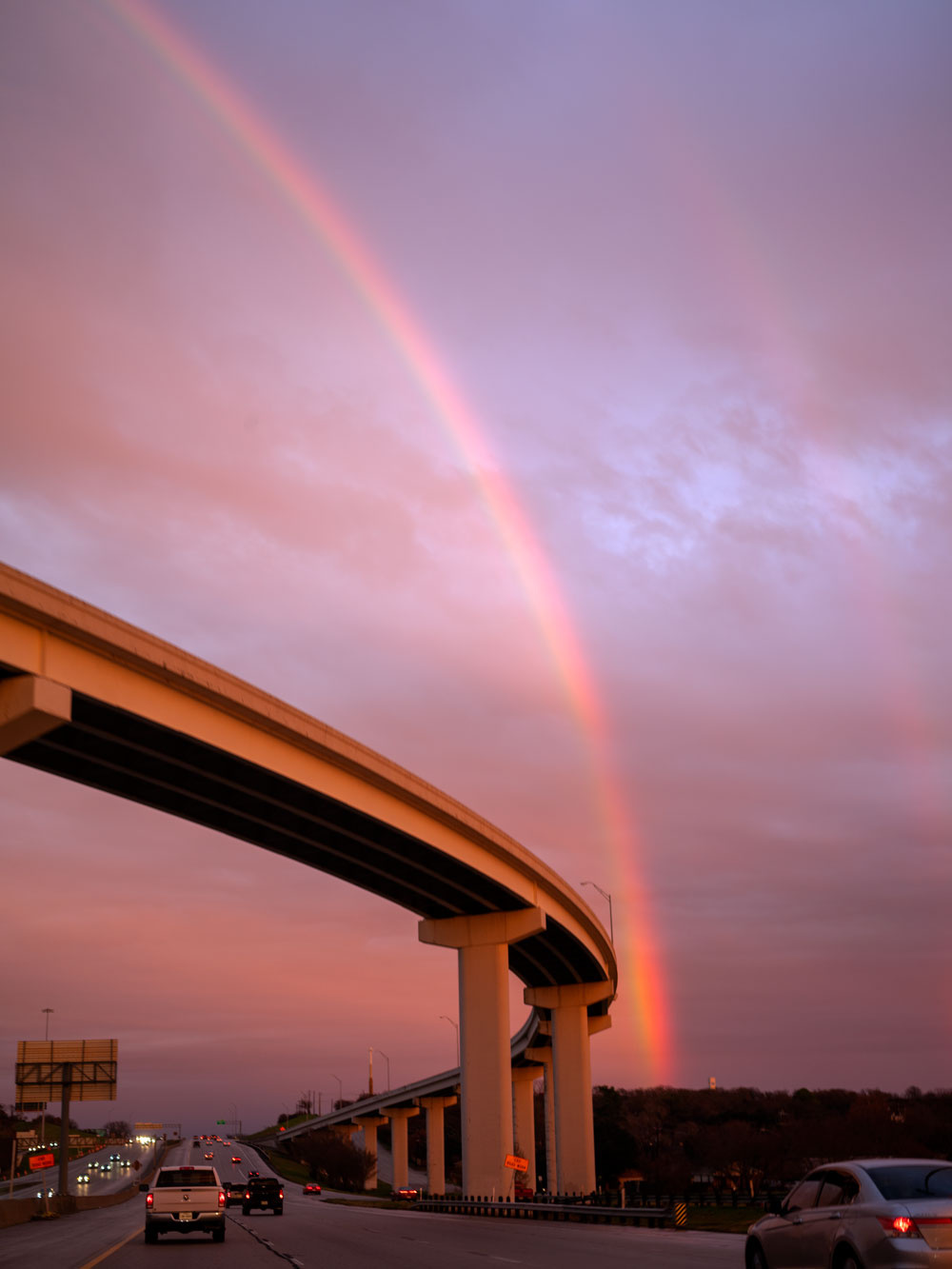On Walking When Walking Is Advised Against
On Walking When Walking Is Advised Against
Keavy Handley-Byrne
→MFA PH 2020
In her essay “Fantasia,” Diane Ackerman writes at length about the necessity of walking for many writers; I am this kind of writer. When it used to be that we were allowed to go outside and walk around without a mask on, when we could walk just for the hell of it, I used to walk as much as I could. I am, by nature, a creature on foot—I’ve been walking distances of three or more miles since I was a teenager. I would sneak out of the house to walk to the grocery store with my best friend when we were fifteen or so, only to wander around inside the store for an hour when it was deserted.
Ackerman writes: “There’s a sonneteer in our chests; we walk around to the beat of iambs.” It makes me think of the “old brag of my heart: I am, I am, I am” that Plath so eloquently defined for me. I walk in time with my heartbeat most days, which is faster than most prefer. I have heard from my partner that I am a problem to walk with, since I go so quickly and yet stop so often to make a photograph.
The confinement of quarantine has taken its toll on my photographic practice; even the photographs I’ve made in the past in my home have been most often made after walking. I am trying to figure out how to walk without walking, how to be inside and yet breathe in the outdoor air. I have repositioned my desk in my makeshift studio to face out the window, so that I can see branches move and raindrops collect and fall on the safety grate. If not by walking, how else to remind myself that I live inside a body? How else to feel that body meld with the external world if not to place feet to concrete, heel-toe, heel-toe?

Rainbow highway, Fort Worth. Photo by the author.
To make a photograph is to write a metaphor. When I write a metaphor it is from seeing something that rouses a deep emotion within me. Watching the wake of a ferry, seeing laps of water fold over and over each other, I can see the light pass through its particles and refract, illuminating colors the water contains but does not always show. Grief is green and yellow within the Hudson River; they are there, but only seen by virtue of certain casts of light passing through them. White, too, is there, but only churned up by something else passing over or through the water.